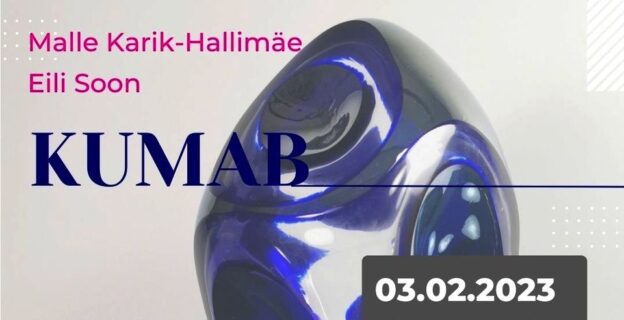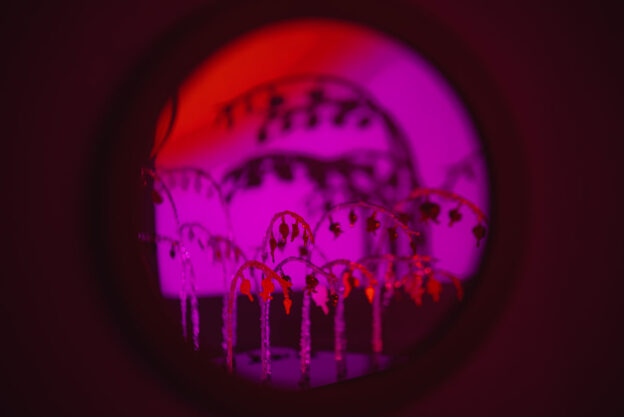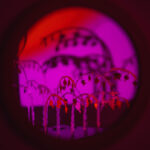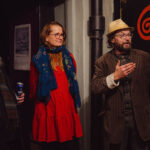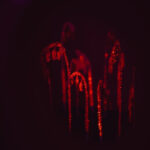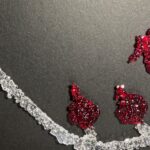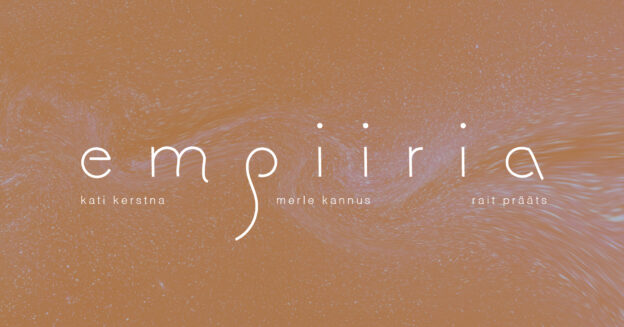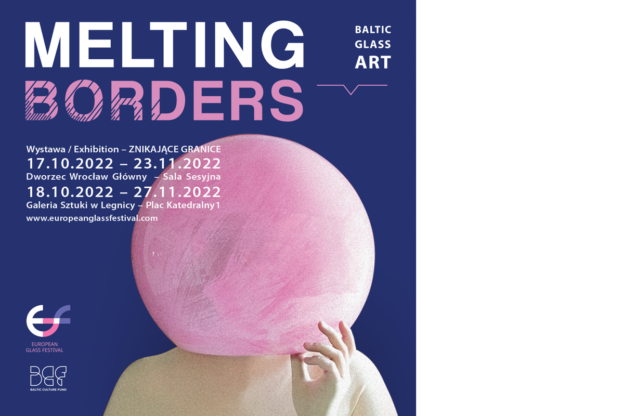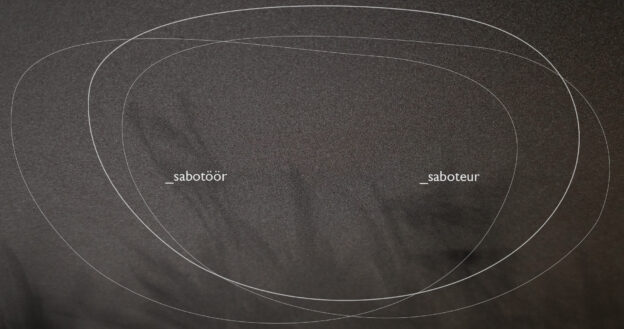On Tuesday, 7 February at 18.00 Maret Sarapu opens her solo exhibition Free and Held at Draakoni gallery. The exhibition is open until 4 March.
Maret Sarapu’s seventh solo exhibition looks at the question of how to be free and held.
Through five artworks, the artist maps quotidian rituals and symbols, activities and stories that help to ensure our mental sharpness, emotional well-being and a sense of safety in everyday life. That is, focal points that help us make sense of life, prevent crises and find strength in the everyday.
The conceptual centre of the exhibition is simultaneously poetic and practical – on the one side, it allows the viewer to make their own everyday life more poetic and start consciously and playfully mapping out activities, events and ideas that provide support and strength. On the other side, this kind of poetisation has a thoroughly practical effect – conceptualisation and structuring of our routines grounds us and plays a significant role in achieving emotional well-being and maintaining our joie de vivre.
At the exhibition, the artist displays installations and objects: wall panels with nature motifs, mosaic trophies, glass “breaths” and sand boxes reminiscent of Japanese gardens on walls and around the exhibition space. Alongside these objects, the exhibition includes a set of postcards, inviting the viewer to discover their own everyday and internal landscapes through exercises of creative writing.
As part of Free and Held, three thematic creative writing workshops led by Berit Kaschan will take place at Draakoni gallery. The workshops will be held on three consecutive Tuesdays – on 14, 21 and 28 February from 18.00 to 20.00. Pre-registration is required. Please register to the workshop no later than 12 February: kaisamaasik [at] gmail [dot] com. Participation fee: 10€. Size of the group: 10 participants. The workshop will be conducted in Estonian.
Curators: Kaisa Maasik and Berit Kaschan
Graphic design: Pamela Sume
Thank you: Karel Koplimets, Maarin Ektermann and Prologue School, Sven Sapelson, Tiina Sarapu, Kairi Orgusaar, Kaie Vakepea
Maret Sarapu (1978) is an artist based in Tallinn. She has graduated from the Department of Glass Art at the Estonian Academy of Arts (BA 2002, MA 2005) and taken part in numerous courses and art residencies both in Estonia and abroad. In her work, Sarapu is mostly inspired by everyday life and often uses nature motifs and repetition. Recently, her experiments with form and concept have led her towards methods like automatic and stream of consciousness writing. Often, the aim is to achieve mental well-being and find harmony between intelligence and emotions. Her alternating process (thinking, writing, working in the studio) and collaboration with material lead to results that give both the artist and the viewer a possibility to make conclusions and generalizations.
The exhibition is supported by the Estonian Ministry of Culture, the Cultural Endowment of Estonia and Liviko AS.
Additional information:
Draakon Gallery
Tel: +372 56 451 591
+372 52 85 324
+372 6 276 777
E-mail: galerii [at] eaa [dot] ee
Pikk 18, 10133 Tallinn
http://www.eaa.ee/draakon
Mon–Fri 11.00–18.00
Sat 11.00–17.00


